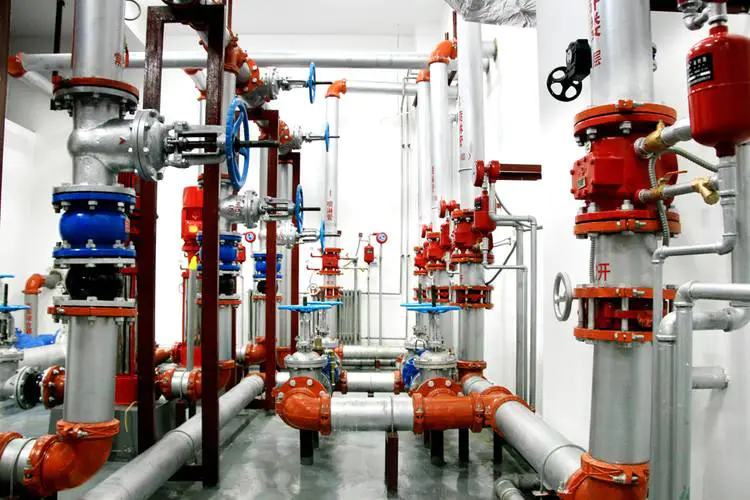Valve maintenance methods
1. For the valve that has not been used for a long time, it must be cleaned regularly to remove the dirt and dust on the exposed surface of the valve. Seal them at the same time, making sure the inside of the valve is clean and dry. Store the valve neatly in a ventilated and dry place indoors. Do not stack or store in the open air. Butterfly valves are easiest to store when stored. Let the disc close. For gate valves, globe valves and check valves, both ends of the channel are blocked during storage and the valve plate is closed. The storage method of the ball valve is that both ends are blocked and the ball valve is opened.
2. Before installing the valve, check the pressure and diameter of the valve again, and remove the dirt on the valve during transportation.
3. When installing the valve, install it correctly according to the connection method of the valve. Usually the commonly used valve can be installed in any position of the pipeline, but it is necessary to consider whether the operation of the operator is convenient after installation, and whether it is convenient for the maintenance of the valve in the future.
5. When the handle valve and handwheel valve are opened or closed, do not use levers, wrenches or other tools to avoid damage to the valve.
6. Evenly tighten the bolts on the valve packing gland. Do not rub the gland and tilt the gland, which can injure or impede the movement of the valve stem and cause the valve to leak.
7. During the use of the valve, regular maintenance should be performed to keep the valve clean. The transmission part should be lubricated regularly. Once a valve failure is found, it must be stopped immediately, the cause of the failure must be identified, and the failure must be cleaned up.
2. Before installing the valve, check the pressure and diameter of the valve again, and remove the dirt on the valve during transportation.
3. When installing the valve, install it correctly according to the connection method of the valve. Usually the commonly used valve can be installed in any position of the pipeline, but it is necessary to consider whether the operation of the operator is convenient after installation, and whether it is convenient for the maintenance of the valve in the future.

5. When the handle valve and handwheel valve are opened or closed, do not use levers, wrenches or other tools to avoid damage to the valve.
6. Evenly tighten the bolts on the valve packing gland. Do not rub the gland and tilt the gland, which can injure or impede the movement of the valve stem and cause the valve to leak.
7. During the use of the valve, regular maintenance should be performed to keep the valve clean. The transmission part should be lubricated regularly. Once a valve failure is found, it must be stopped immediately, the cause of the failure must be identified, and the failure must be cleaned up.
